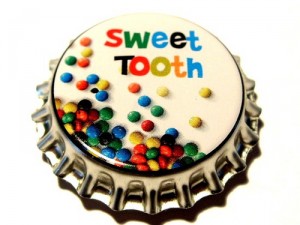
This post is written by May May Leung, PhD, RD is an assistant professor at the CUNY School of Public Health at Hunter College. Her research expertise includes the development and evaluation of innovative health communication and community-based interventions to prevent childhood obesity.
With the recent blocking of Mayor Bloomberg’s soda size cap, perhaps it’s worth revisiting the role that sugar plays in affecting health outcomes. In one of my previous posts, I presented a summary of evidence, which suggests that sugary drinks may be a cause of obesity. More recent publications in Pediatrics and The American Journal of Clinical Nutrition continue to support this notion-one study found that Australian children who consumed more than one sugary drink per day were 34% more likely to be overweight, while another study found an association between consumption of sugar-sweetened beverages and type II diabetes risk in French women.
I’m currently working with New York City youth on a public health project and have been hearing some interesting comments from the kids, who talk about the joy and “high” they feel when consuming sugar. One of them said consuming soda is “like being in Heaven.” Another referred to a “sugar rush” his family members get while eating sweets: “they just gotta…keep eating it ‘til they are stuffed.” Such comments seem to support what the food industry has acknowledged, in a recent New York Times article, about the nature of formulating sugar-containing packaged products.
Food corporations have invested much time and resources into the development of highly preferred tastes, preferably with “bliss point” qualities. For instance,by increasing the sweetness of their pre-packaged Lunchables, Kraft made this processed lunch option a great success among youth and adults alike. At one point, their Maxed Out tray contained an equivalent of 13 teaspoons of sugar. Yoplait increased the sugar content of its unsweetened yogurt snack to more than five teaspoons per serving, which is actually comparable to the amount in a Starbucks’ cheesecake brownie.
In view of this information, it’s not surprising that people who consume sodas and sugary snacks may find it difficult to stop at only one serving. As the evidence of the relationship between adverse health outcomes and sugar intake continues to build, it seems that Bloomberg’s soda cap could have been an important step in helping people control the amount of sugary drinks they consume, thus supporting healthier behaviours and ultimately healthier lives.








